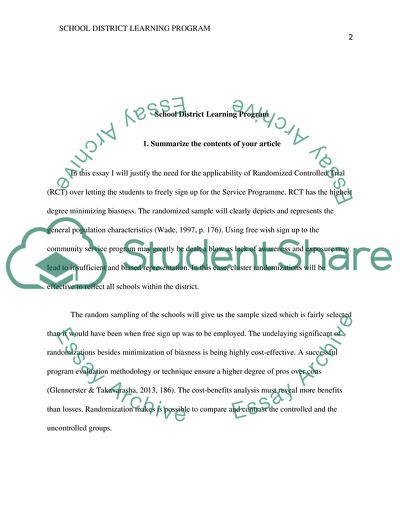Cite this document
(School District Learning Program Assignment Example | Topics and Well Written Essays - 1750 words, n.d.)
School District Learning Program Assignment Example | Topics and Well Written Essays - 1750 words. https://studentshare.org/education/1844204-school-district-learning-program
School District Learning Program Assignment Example | Topics and Well Written Essays - 1750 words. https://studentshare.org/education/1844204-school-district-learning-program
(School District Learning Program Assignment Example | Topics and Well Written Essays - 1750 Words)
School District Learning Program Assignment Example | Topics and Well Written Essays - 1750 Words. https://studentshare.org/education/1844204-school-district-learning-program.
School District Learning Program Assignment Example | Topics and Well Written Essays - 1750 Words. https://studentshare.org/education/1844204-school-district-learning-program.
“School District Learning Program Assignment Example | Topics and Well Written Essays - 1750 Words”. https://studentshare.org/education/1844204-school-district-learning-program.


